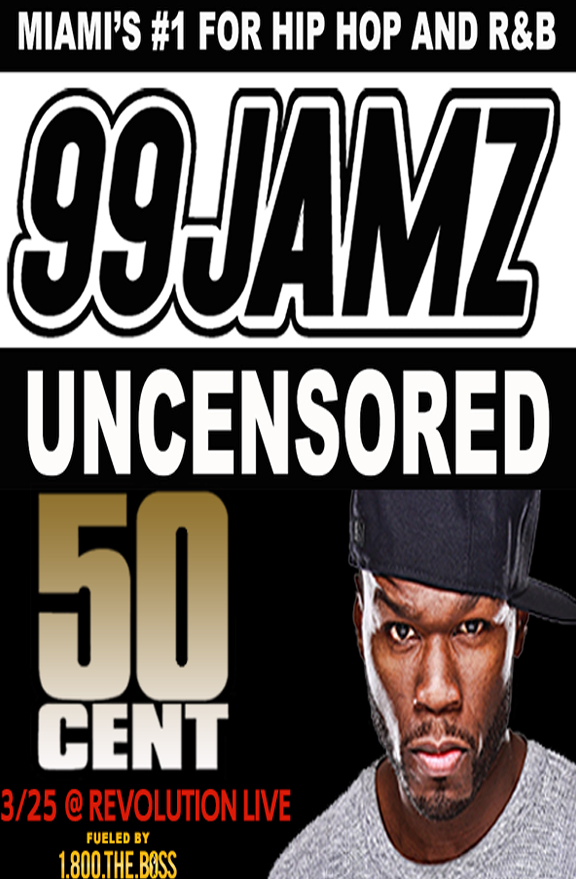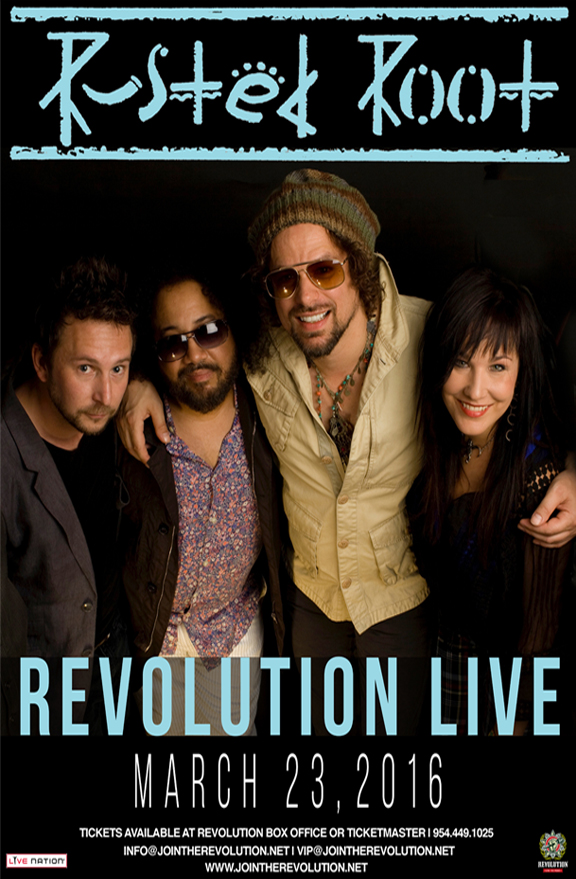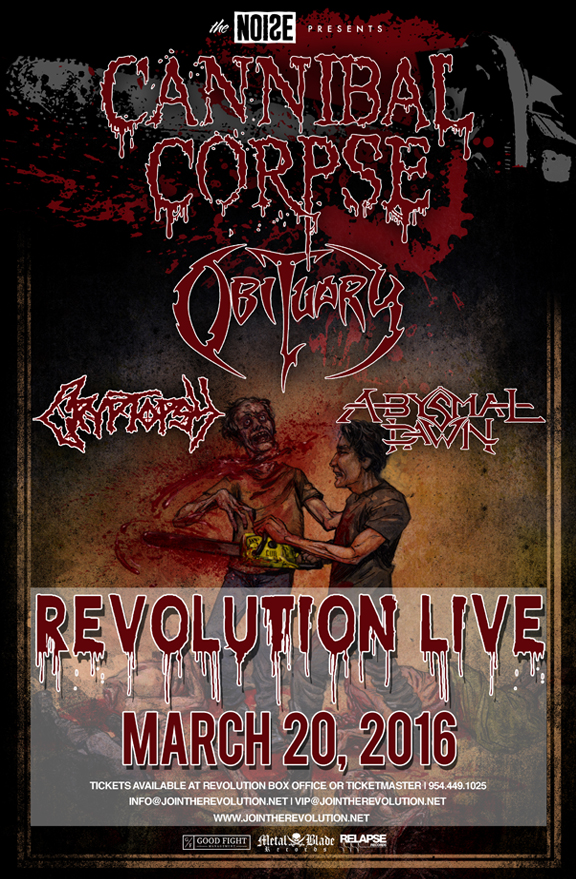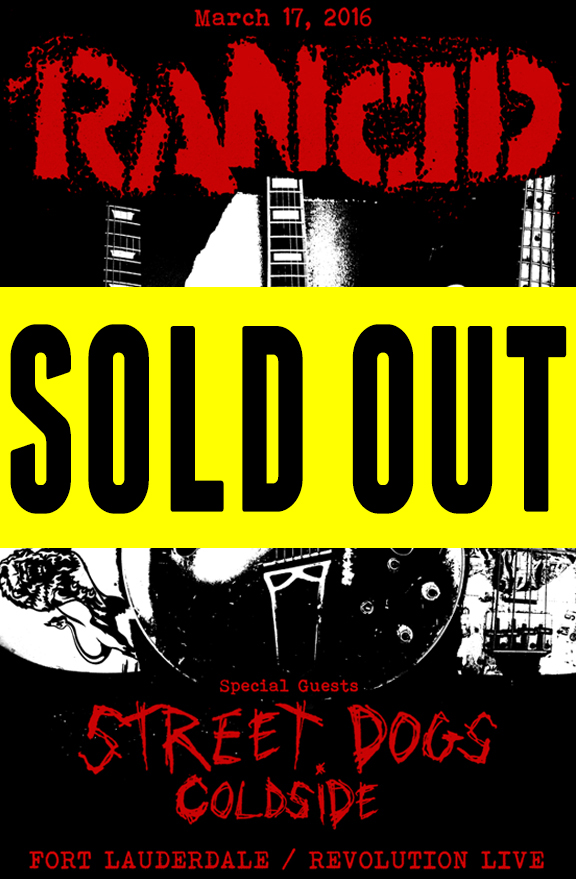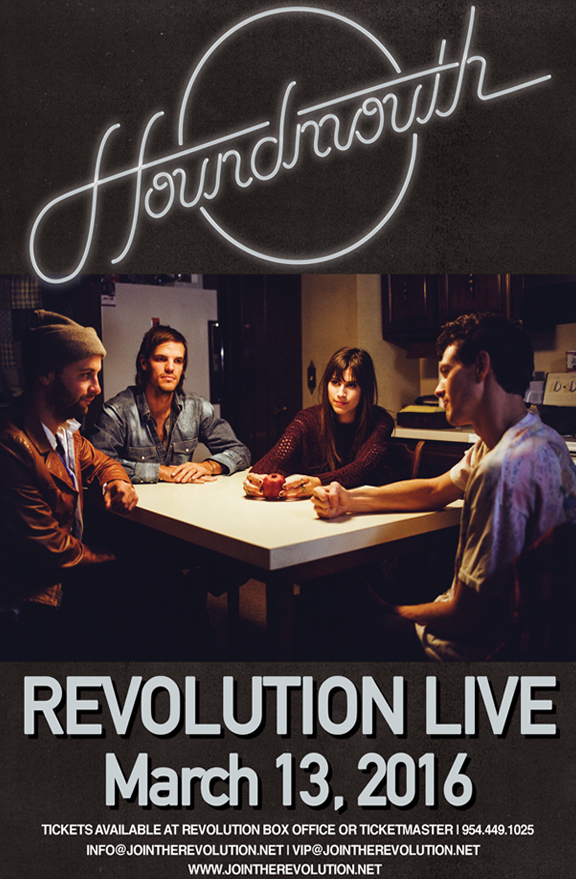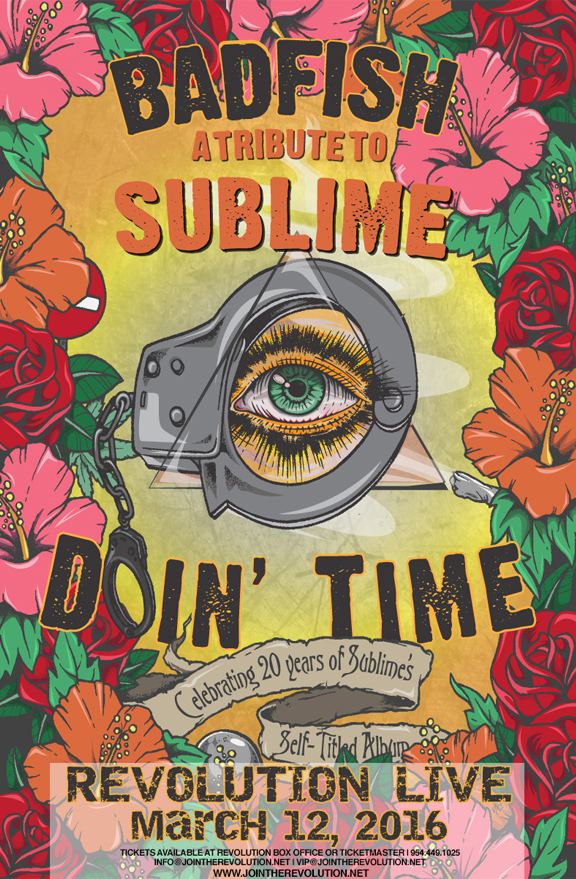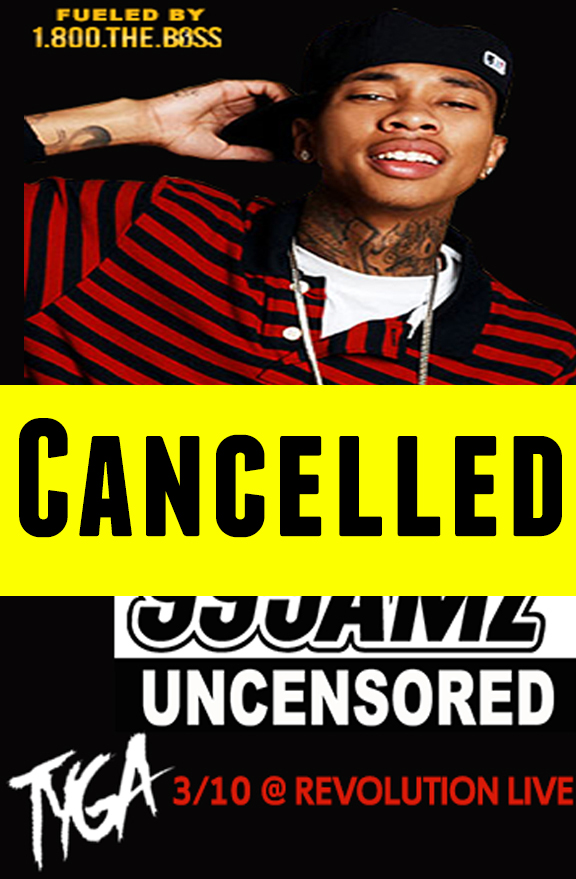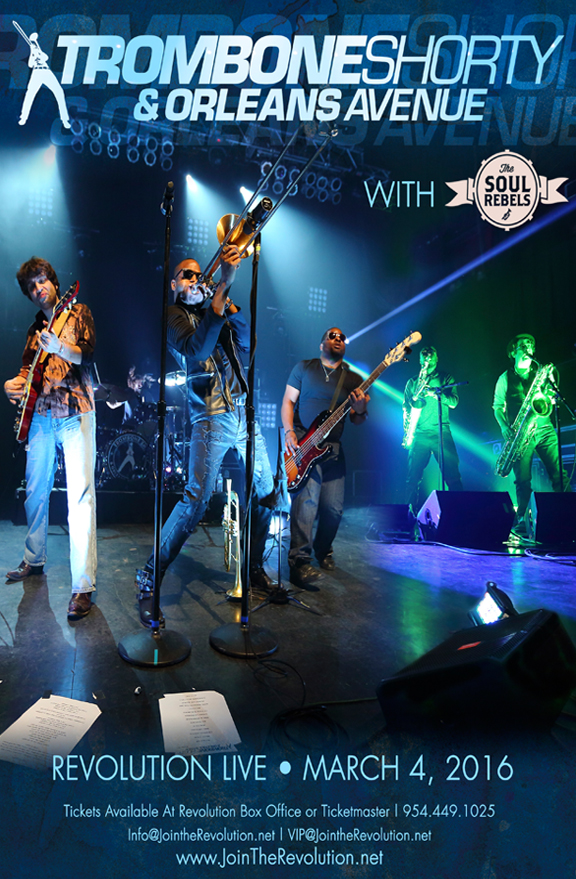Sir Robert Bryson Hall II (born January 22, 1990), known by his stage name Logic, is an American rapper. He was born and raised in Gaithersburg, Maryland. He has amassed a large internet following and is a member of the RattPack, his group of friends that he works with. Logic has released three official mixtapes, most recently Young Sinatra: Undeniable. He is currently signed with the independent record label Visionary Music Group.
Logic was born in 1990 in Gaithersburg, Maryland. His mother is white and his father is black. Throughout his childhood, both of his parents suffered from crack addiction and alcoholism. His father was not a part of his childhood, but they are in contact with each other now. He attended Gaithersburg High School but did not graduate. Since his mother didn’t fight it, Logic was expelled and instead put his time and effort into pursuing his music career. In hindsight, he wishes he would have stayed in school and received that proper education and always encourages his fans to do so. “I remember telling the kids [at my old high school], ‘All you kids that are here today to watch me speak to you guys have people that actually love you and care about you that make you go to school.’ And I said, ‘There are people in this auditorium as well that have nobody, but you’re still here and those same people are stronger than even I was.’ So education is a real big deal.” Logic left his mother’s home at 17, lived with a friend and got two jobs. Since then, he and his mother are not in constant communication.
At the age of 13, Logic met his mentor, Solomon Taylor. He says Taylor is a humongous part of who he is today. In 2009, Logic was going by the name Psychological because, “One name that really stuck was Psychological. I just loved this word because it was about the mind and I knew that’s what I wanted my music to consist of; something that really challenges the mind.” He released an unofficial mixtape titled Psychological: The Mixtape. under his original stage name. Later on, Logic opened for Pitbull, EPMD, Method Man, Redman, and Ludacris at a show in Maryland. Shortly thereafter, he shortened the Psychological moniker to Logic, which is the science of reasoning, to broaden his horizons.
On December 17, 2010, Logic released his first official mixtape, Young, Broke, and Infamous. Following its release, he dropped three music videos from the project, “Prime,” “Stain in the Game,” and “BackPack”. The mixtape caught the ear of Chris Zarou, who wanted Logic to be a part of his upstart independent record label Visionary Music Group.
Logic released his second mixtape, Young Sinatra, on September 19, 2011. Young Sinatra received a mass amount of positive feedback from multiple sources including XXL. He released music videos for songs such as “Live on the Air,” “Mind of Logic,” and “All I Do”. The All I Do video was the first for Logic to hit over one million views on May 2, 2012. On March 15, 2012, Billboard declared Logic as the Next Big Sound, meaning he was the fastest accelerating artist across the internet gaining fans. On March 20, 2012, Logic officially signed with Visionary Music Group. Logic stated in an interview, “Visionary Music Group is like Roc-A-Fella. Damon Dash, that’s like Chris Zarou of Visionary Music Group, I like to see myself as a Jay. In no way am I arrogant or cocky, I have to see it in order to do it. They did it independent and when they signed with a major, they did it the way that they wanted to do it.” Others signed with VMG include Jon Bellion, Logic’s videographer and photographer GRVTY, and Logic’s producer/DJ 6ix. In July/August 2012, Logic completed his first national headlining tour, the Visionary Music Group Tour, along with Tayyib Ali. The tour sold out 20 of its 25 stops.
Logic released his third mixtape, Young Sinatra: Undeniable on April 30, 2012. On the mixtape, Logic addresses such topics as his future, his fans in various parts of the world, his father’s drug use, getting kicked out of school, and his mother getting stabbed. The overall sound is on a bigger level than his previous work and does an outstanding job at showing his versatility. “Fans tend to think that if you fall in love with an artist because he makes this kind of sound and then he gets bigger and he grows and he starts to make a different sound, ‘He’s changing on us.’ But with me, I created all types of sounds from the get go, so you can never say I’m changing, you can never say I’m going mainstream or I’m selling out.” In an interview, Logic states, “There’s stuff on there for the motherfuckers that don’t pay attention to lyrics and just want to have fun, but every line is constructed with such depth that the real lyricists and nitpickers have something to listen to and analyze as well.” One of Logic’s main goals for his music is to make music with a positive message, telling people to follow their dreams, whatever it may be, all while walking with honor and peace. March 2013 will be Logic’s first time touring Europe. His fourth mixtape, Young Sinatra: Welcome to Forever, is slated for a spring 2013 release.
Logic first got into rap by watching Kill Bill at the age of 15 and finding out that RZA from the Wu-Tang Clan did the score. He started listening to Wu-Tang and delved deeper into hip-hop from there. The first hip-hop album he bought was The Roots “Do You Want More?!!!??!” Other big influences include his mentor Solomon Taylor and friend Lenbo, who let Logic live with him and make music in his basement.
Although he is a hip-hop artist, Logic is heavily influenced by Frank Sinatra. As a child, his mother made him watch old black and white movies, which formed his love for Frank Sinatra and influenced how he represents himself with the way he speaks and how he interacts with others with peace, love, grace, positivity, honor, and valor. Because of Frank Sinatra, Logic says he does his best to carry himself in an intellectual and kind manner. Just as Sinatra had the Rat Pack, Logic has his RattPack (an acronym for “Real All The Time” and consisting of friends such as his manager Chris, his producers 6ix and OB, and friend/fellow rapper C Dot Castro). Logic describes Sinatra as a man who was, “suave, debonair, honorable, respectable, with valor and grace.” Logic’s female fans are also called BobbySoxers just as Frank’s were. He describes BobbySoxer girls as beautiful, intelligent, elegant, educated, classy, hardworking, young women. Logic also refers to himself as “Young Sinatra.”
Logic has said that a never ending list of artists has influenced him including Wu-Tang Clan, Big L, A Tribe Called Quest, Jay-Z, Drake, J. Cole, and Nas. He has also stated that all music inspires him, including The Red Hot Chili Peppers, John Coltrane, and Miles Davis. He says that all the classic artists are what really gave him a foundation, but the newer artists are also his inspirations, and he brings the best of both worlds to his music. Logic says, “I love all subgenres within hip-hop and all genres of music and I think that’s what allows me to make the music that I do, because of my appreciation for the music.”


